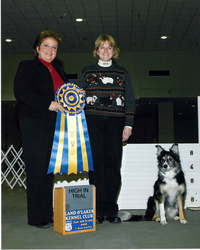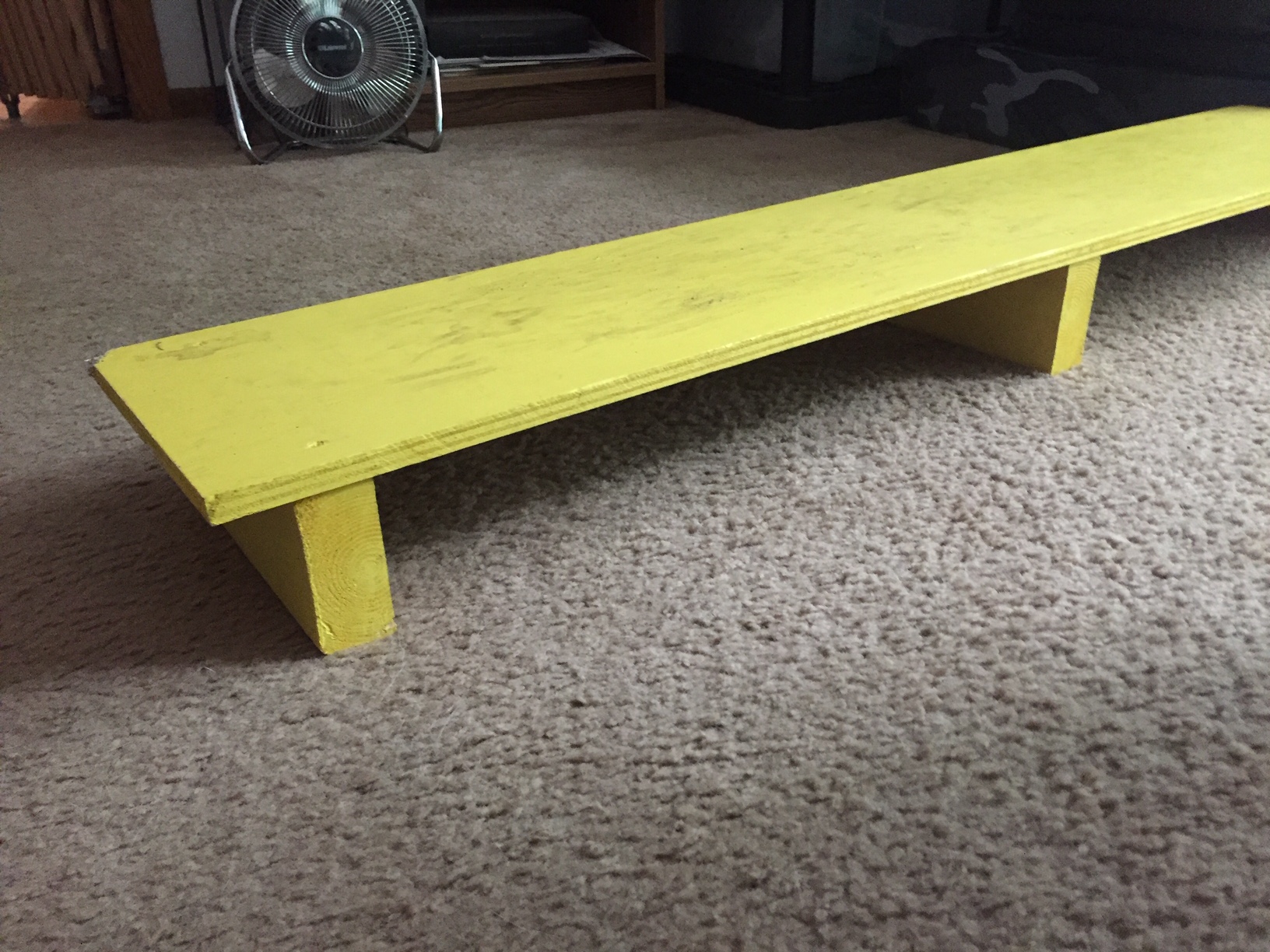A sampling of what prior students have said about this course...
Thank you once again for a great course! I love being under your tutelage! You instill confidence and unyielding support for all your students-wherever we are in our development of training, and it means so much-thank you. Your devotion to everyone's journey is complemented by your understanding of and sensitivity to canine behavior. Your comments are always helpful and supportive. You've made me a better trainer and companion for my partner, and for that alone, this course was priceless.
When I signed up for this class I knew the last 10 days of it would be difficult because of my breed national specialty. I truly enjoyed the class and have many take aways that will improve my training in the future. In our one day of agility at the National, my dog did not miss a contact. I think, this is the first time I can say that for an agility day during his entire career (he's 7 years old), so I truly want to thank you for you systematic approach to teaching a stop on the contact, for your advice and insight, and for helping us become a better team. I have great tools for reinforcing his contacts now and am already applying them to my youngster. Many thanks and many kudos to you!
Spy dog ran in his very first real agility trial this weekend! I had no idea what to expect since he didn't get to grow up going to trials like Gusto did (Thanks Covid!). He exceeded all expectations. He was as high as a kite on occasion, but never really lost his head. I was so very happy for your classes. I hadn't planned to run him in anything with contacts (Misc, Gamblers, Jumpers), but he was doing so well I added a standard and steeplechase. We spent misc realizing he has never seen a tunnel under the dog walk (whoops!) and getting him comfortable running across that. In gamblers, he was confident on the dog walk, overshot the contact, and stopped himself with all four on the ground. Before this class I would have either had him turn around and get into position or repeated it the whole obstacle and with a louder and more emphatic cue to stop. Instead I just quietly praised him, released him from his stop, and he proceeded to hit and hold every other contact I asked for over the weekend. There were so many dogs making their trial debut after a year without any nearby USDAA trials, and I saw people with dogs at their first trial ever pulling them off course over broken contacts and yelling cues to try and get the stop. It was such a relief to have a plan to handle the situation without bringing any stress into the behavior. It's the biggest take-away I've gotten from your start line and contacts classes, and it is going to stick with me forever.
Thank you so much for this course. I don’t think I have learnt more in any course I have taken online. In addition to the subject matter, I learnt so much about what it takes to train a dog, particularly a dog like Indi. I had always known intellectually how much detail matters but this course really brought it home to me. I am leaving this course with a appreciation of what a good team Indi and I can be in life and agility if I approach training in a more methodical and mindful manner. This will require me to be an advocate for Indi and I will be.
I fall in the category of someone who started with stopped contacts, but pretty much lost them over time and even when we had them, I never had any independent performance of them. This class has changed all that for me. Nancy has presented a very through step by step process to teach a stopped contact behavior, in a manner that even the most beginning team can follow. And she is an amazing instructor, with insights and helpful instruction for a variety of dogs and handlers, both beginners and experienced. I loved this class! In addition to getting a stopped contact behavior back, my dog now also has a very independent performance of it. And, as an added benefit, I have become much more confident performing crosses behind and after the contact. Like all of Nancy’s classes this is definitely a must!
Nancy is so thorough and thoughtful, providing detailed feedback on an individualized level. Lectures and video demos were clear and concise, allowing for those that fall behind a great resource moving forward once the class ends.
Nancy did an incredible job with this class, it is outstanding! The content was so thorough and well thought out. One of the best classes I've taken at FDSA!
This is a great class for teaching or fixing contact behavior. Nancy broke the skills down into many steps that progress the behavior and distractions very well. The lectures are well written, easy to follow, and they have lots of demonstration video. Nancy's feedback is detailed and very positive. She has a great eye and will modify some of the steps if she sees that a dog needs something a bit different. She really cares about all of her students and even checked in with those that hadn't posted in awhile. I highly recommend this course.
I loved this class. It is positively the best, most thoughtful, thorough approach to teaching stopped contacts that I have seen. I have at least one dvd and one book on the subject, and this class offers a far better approach. Additionally, I have taken the previous FDSA contact class AG150 (also taught by Nancy Gagliardi Little)years ago with a different dog, and it was very good, but this one is even better, and concentrates just on contact performance. Nancy does not offer overnight success, but takes you through step by step from introducing the dog to a contact board to running small sequences. And offers advice on how to transition to real contacts after completing all the steps offered by this class. I would say that I think there is more material in this class than a beginner could transition through in six weeks. I think that only the more advanced teams were able to complete most of the steps in the six week period, but everyone will be left with a good foundation and a way forward. Just like the startline class, this is one that everyone should take!
Nancy is incredible! I love how she uses her lectures as base material but for those that are in Gold spots she will help them alter a method if needed to help that dog succeed! I highly recommend this class for dogs either learning the end contact behavior or want to polish up their skills.
 Instructor: Nancy Gagliardi Little
Instructor: Nancy Gagliardi Little


